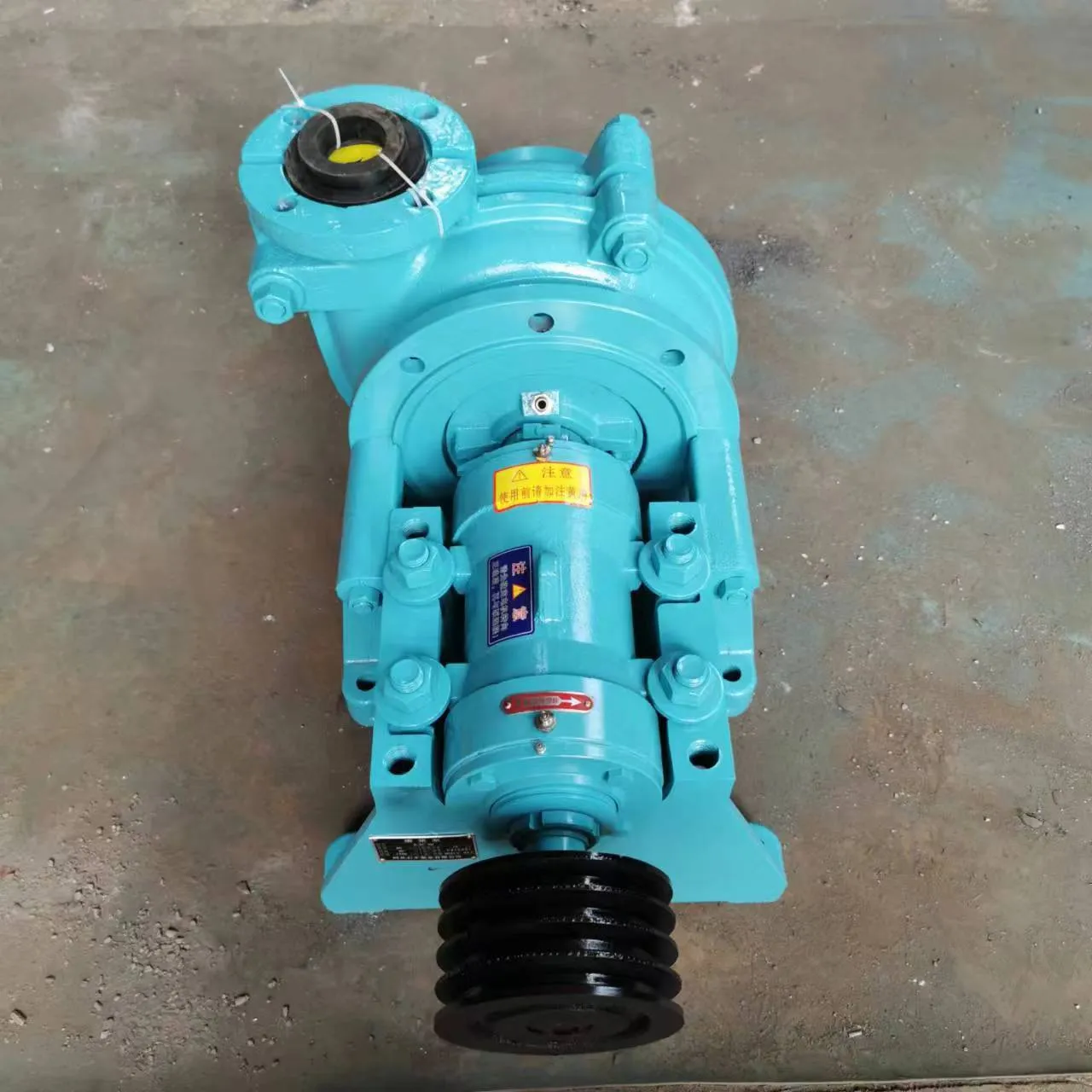Thai
- Afrikaans
- Albanian
- Amharic
- Arabic
- Armenian
- Azerbaijani
- Basque
- Belarusian
- Bengali
- Bosnian
- Bulgarian
- Catalan
- Cebuano
- Corsican
- Croatian
- Czech
- Danish
- Dutch
- English
- Esperanto
- Estonian
- Finnish
- French
- Frisian
- Galician
- Georgian
- German
- Greek
- Gujarati
- Haitian Creole
- hausa
- hawaiian
- Hebrew
- Hindi
- Miao
- Hungarian
- Icelandic
- igbo
- Indonesian
- irish
- Italian
- Japanese
- Javanese
- Kannada
- kazakh
- Khmer
- Rwandese
- Korean
- Kurdish
- Kyrgyz
- Lao
- Latin
- Latvian
- Lithuanian
- Luxembourgish
- Macedonian
- Malgashi
- Malay
- Malayalam
- Maltese
- Maori
- Marathi
- Mongolian
- Myanmar
- Nepali
- Norwegian
- Norwegian
- Occitan
- Pashto
- Persian
- Polish
- Portuguese
- Punjabi
- Romanian
- Russian
- Samoan
- Scottish Gaelic
- Serbian
- Sesotho
- Shona
- Sindhi
- Sinhala
- Slovak
- Slovenian
- Somali
- Spanish
- Sundanese
- Swahili
- Swedish
- Tagalog
- Tajik
- Tamil
- Tatar
- Telugu
- Thai
- Turkish
- Turkmen
- Ukrainian
- Urdu
- Uighur
- Uzbek
- Vietnamese
- Welsh
- Bantu
- Yiddish
- Yoruba
- Zulu
Telephone: +86 13120555503
Email: frank@cypump.com
ธ.ค. . 07, 2024 04:56 Back to list
double suction pump working
Understanding the Working Principle of Double Suction Pumps
Double suction pumps are an essential component in various industrial applications, prominently used in water supply stations, irrigation systems, and fire protection systems. These pumps are designed to handle large volumes of liquids efficiently while minimizing operational noise and vibrations. The double suction design leads to several advantages over single suction pumps, making them a preferred choice for many applications. In this article, we will delve into the working principle of double suction pumps, their components, and their applications.
Working Principle
The fundamental working principle of double suction pumps revolves around the movement of fluid through an impeller. These pumps feature two inlets that allow fluid to enter the impeller from both sides, hence the name double suction. When the pump operates, the impeller rotates at high speed, creating a centrifugal force that moves the fluid towards the pump outlet.
1. Fluid Entry The pump consists of a volute casing that surrounds the impeller. As the pump operates, fluid enters through both sides of the impeller simultaneously. This dual inlet design reduces the axial thrust generated during pumping, leading to improved efficiency and stability.
2. Impeller Action As the impeller spins, it imparts kinetic energy to the fluid, converting it into pressure energy. The design of the impeller plays a crucial role in determining the flow rate and head of the pump. Double suction impellers typically feature a curved design to facilitate smooth fluid movement and enhance performance.
3. Fluid Discharge Once the fluid is spun to high velocity, it travels through the volute casing, where it is gradually directed towards the discharge pipe. The volute casing expands in cross-section, allowing the high-velocity liquid to slow down and convert its kinetic energy into pressure energy effectively.
Components
A double suction pump consists of several key components, each playing a vital role in its functionality
double suction pump working

- Impeller The heart of the pump, responsible for converting mechanical energy into hydraulic energy. - Volute Casing The outer casing that guides the fluid from the impeller to the discharge pipe while allowing for smooth flow. - Suction Flanges The inlet sections where the fluid enters the pump, usually larger in diameter compared to single suction pumps to accommodate higher flow rates. - Shaft Connects the impeller to the motor, transferring rotational energy to the impeller. - Bearings Support the shaft and maintain its proper alignment, reducing wear and tear during operation.
Advantages
Double suction pumps offer several advantages
- Efficiency The design allows for optimal fluid flow, increasing efficiency compared to single suction pumps. - Reduced Vibrations Because the fluid enters from two sides, the axial thrust is balanced, reducing operational vibrations. This feature prolongs the life of the pump and its components. - High Capacity These pumps can handle larger flow rates, making them suitable for high-demand applications in industries such as water supply and treatment.
Applications
Double suction pumps are utilized in various sectors, including
- Water Supply Systems To transport large volumes of water from reservoirs or treatment plants to distribution networks. - Cooling Systems In power plants and industrial processes, they circulate cooling water effectively. - Fire Protection These pumps are essential in firefighting systems, providing a reliable water source during emergencies.
In conclusion, double suction pumps play a critical role in many industrial processes by providing an efficient and reliable method for fluid transport. Understanding their working principle, components, and applications enables users to select the right pump for their specific needs, ensuring optimal performance and longevity.
-
Horizontal Split Case Pump with GPT-4 Turbo | High Efficiency
NewsAug.01,2025
-
ISG Series Pipeline Pump - Chi Yuan Pumps | High Efficiency, Durable Design
NewsAug.01,2025
-
Advanced Flue Gas Desulfurization Pump with GPT-4 Turbo | Durable & Efficient
NewsJul.31,2025
-
ISG Series Vertical Pipeline Pump - Chi Yuan Pumps | Advanced Hydraulic Design&Durable Construction
NewsJul.31,2025
-
ISG Series Vertical Pipeline Pump - Chi Yuan Pumps | Energy Efficient & Low Noise
NewsJul.31,2025
-
pipeline pump - Chi Yuan Pumps Co., LTD.|High Efficiency&Low Noise
NewsJul.31,2025










